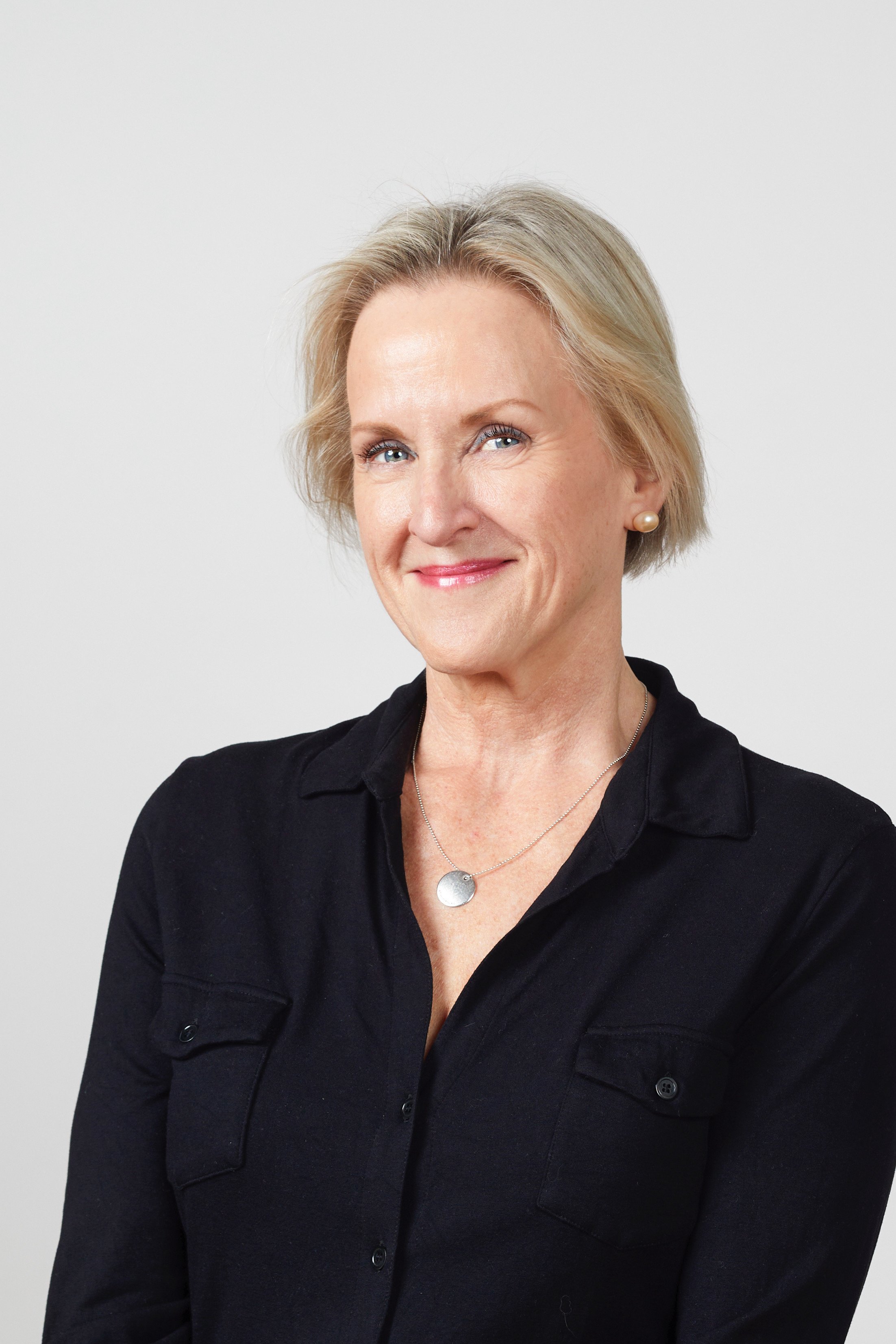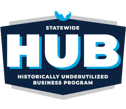How is Your HD List Management Really Going?
In our final webinar of the Rhazdrugs series, we dedicated valuable time to questions, answers, and collaborative knowledge sharing on USP <800>, medication safety and hazardous drugs management. We were truly fortunate to have medication safety specialists from leading healthcare institutions who embraced vulnerability—both in asking questions and in supporting each other with their expertise. This open exchange created a rich learning environment for everyone involved - so rich that we needed to break this blog into two parts. 😀
Here are the 3 out of the 5 key takeaways:
Designated Responsibility: Why a Single Point of Contact Matters
A common theme emerged across participants: successful USP <800> compliance requires dedicated personnel. As Kate Farthing from Legacy Health, a six-hospital system in the Pacific Northwest, noted, “We were struggling until we had a true, designated person.” This echoes the experience of many healthcare systems where responsibility for hazardous drug safety was previously distributed among staff with other primary responsibilities.
Even though USP <800> specifically calls for a “dedicated person” to manage hazardous drug management, some hospitals and systems are managed by a committee. In this conversation, it was clear that a committee can be inefficient and lead to delays.
Still on Spreadsheets? You’re Not Alone!
While it may be cumbersome and outdated, the hazardous drugs spreadsheet is still maintained by many of the webinar attendees. Some people are more comfortable with a spreadsheet and others are concerned about a power outage or some other event that might prevent access to this critical safety information, they said.
However, the pain of managing and relying on a spreadsheet was universal, and many raved about the benefits of Rhazdrugs in terms of saved time, ease of use and most importantly, increased healthcare worker safety.
“When the user looks up a certain drug (in Rhazdrugs), they can very, very easily see without reading words what PPE they have to wear. This is invaluable,” said Peggy of Legacy Health.
One brave participant candidly shared her team’s struggles with a manual hazardous drug management system. Beyond routine drug list and policy maintenance, her team remarkably reviews 430 Assessment of Risk (AOR) documents annually—all in Word format and all by hand!
With NIOSH 2024 updates now pressing, they’ve successfully revised their AOR templates but still face hurdles: securing committee approval for PPE standards across each medication handling phase and implementing new disposal protocols.
As she works toward gaining approval for Rhazdrugs, the group rallied around her, brainstorming strategies to secure the capital needed to transition from their labor-intensive manual process to an automated system—one that would not only boost efficiency but significantly enhance healthcare worker safety.
New Drugs, New Problems: Keeping Up in a Post-NIOSH 2024 World
The 2024 NIOSH update has created additional challenges for healthcare systems. One participant highlighted the difficulty of maintaining accurate AORs: “How the hell are we going to keep up with MSHI (Medication Safe Handling Information)? That basically means you have to go through everyone's PI (Package Insert).
This client discussed how Rhazdrugs sends out notifications of new FDA-approved drugs, which helps fill the gap between NIOSH’s latest list and the many new potentially hazardous drugs coming to the market. One healthcare system goes into Rhazdrugs quarterly and reviews new drugs, checks for similarity to other hazardous drugs, and then decides if they need to be added to their list.
“With Rpharmy’s new drug notifications, we're ready for when a patient comes in with their own or we have a new investigational drug, we've already done the review, and we can very quickly say yay or nay.”
Legacy Health openly shared its system for adding new potentially hazardous drugs to their list, and how Rhazdrugs makes it easy to apply standard safety practices across the board.
“When I go in to either modify or add a drug, Rpharmy allows me to designate a drug to one of our custom risk buckets, and with one click, it all populates. I do not have to go through and individually choose each one of these work practices for that drug. That, in and of itself, is worth gold because I don’t have to go in and individually assign all of those for each drug.”
I couldn't resist sharing a sneak peek at an exciting feature we're developing. In the future, you'll have access to generic drug names beyond just those on the NIOSH list, along with anonymous insights into how your peers are categorizing these medications. This valuable perspective should provide helpful direction and significantly reduce the time you spend assessing and adding new drugs to your system—a time-saver we know you'll appreciate!
The Value of Conversations with Friends
It is our greatest hope that by sharing these day-to-day experiences, healthcare systems can learn from one another and develop more efficient approaches to USP <800> compliance and staff and patient safety.
Stay tuned for Part 2, where we’ll dive into two more insights from the conversation!
We truly appreciate this group’s openness and plan to make more space for candid conversations. In order to benefit from the entire conversation, please check out the webinar replay.
As always, if you have questions, please reach out to us at info@rpharmy.com
***If you are a Rpharmy customer - either Rhazdrugs or Formweb - you can access these webinar presentations within your editor.


